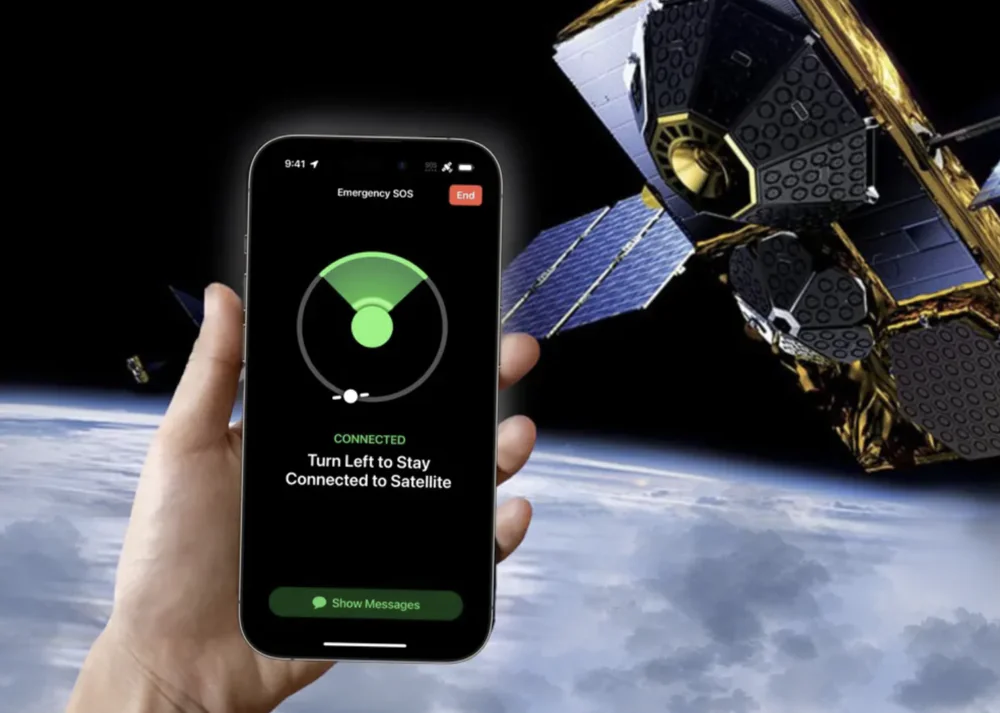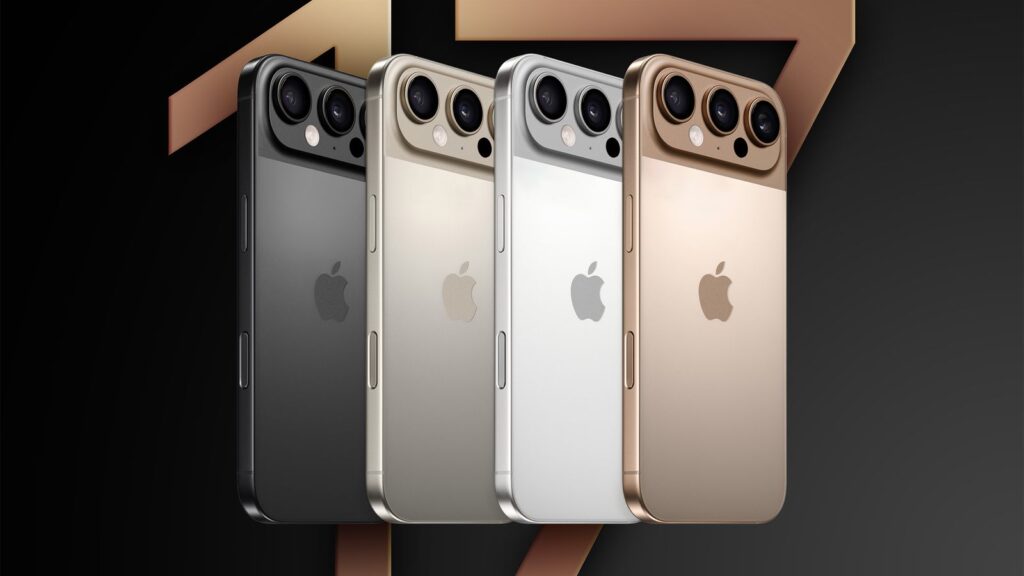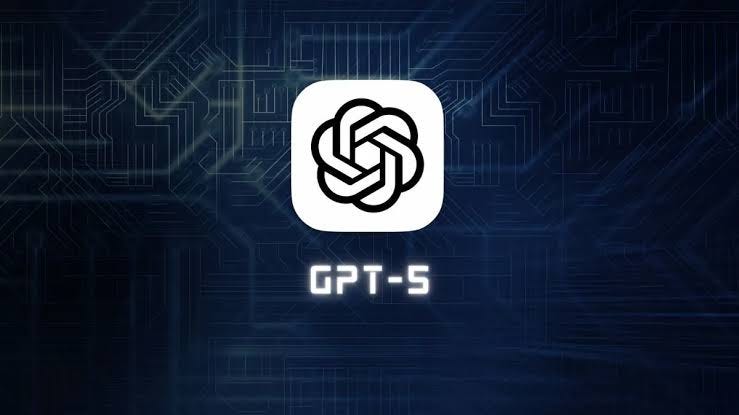The aspiration of making the current phone work anywhere in the world without the need for a bar search can become a reality. When SpaceX officially launches its Starlink Direct to Cell service sometime in 2025, it will make plain texting available this year, followed by voice and data later in 2025, and global coverage by 2027. But instead of erecting towers on mountain crests, SpaceX is launching entire fleets of second-generation satellites outfitted with massive phased-array antennas that serve as cell towers in space. Your handset automatically locks when there is no new SIM or a large satellite phone.
Mechanism of action
The satellites emit a baseball-sized California-sized slice of LTE. Enhanced beamforming has ensured that transmit power is maintained at a low level, allowing a regular smartphone to work without running out of battery. At ground level, this connection is fed into Starlink via fiber backhaul and then connected to the Internet or a partner carrier’s core. To date, T-Mobile in the United States, Rogers in Canada, and Optus in Australia have already enrolled with other airlines that are negotiating roaming agreements.
First applications
Safety texting: Hikers, sailors, and people in the countryside have a solid backup method for sending SOS messages and status updates when local towers are unavailable.
Agriculture: Soil information or machine diagnostics on a 10,000-acre farm can be reported using sensors and tablets.
Logistics: In-cab trucking applications provide real-time visibility on desert roads, reducing telematics black-hole delays by 90 percent.
Developing nations: Undeveloped governments seeking to expand can utilize satellite coverage to that end rather than invest billions in delivering a terrestrial tower.
Performance and costs
Introductory offer: The company offers to bundle 50 emergency texts a month, free to existing phone plans, and charges regular roaming rates to cover any excess use. When voice and data are introduced, a speed of 3-7 Mb/s downstream can be expected, which is sufficient for using maps, sending mail, and making low-resolution video calls. The latency is between 48-50ms, which is fast by satellite standards and acceptable by gaming standards.
What can go wrong?
Since each satellite has to handle thousands of phones, congested areas would experience slower throughput until more spacecraft become available. Regulators are also monitoring the amount of brightness in the sky at night; SpaceX has promised to use darker paint so that it does not upset astronomers.
Bottom line
Direct-to-Cell is not going to give up on fiber or 5G in urban areas, but to the billions of people who still rely on airplane mode in the wilderness or live with absolutely no coverage, it appears as the missing link. Dead zones are, at long last, on borrowed time. A solid network connection to all people is now possible.



